Monday – February 11, 2019
The Egyptian Russian Friendship Monument – photo below – is called “The Lotus Tower” and commemorates Russia’s involvement in the construction of the Aswan Dam:
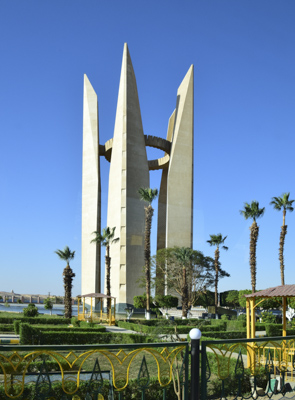
We were lucky to have another bright sunny day with a cool breeze. We had an early start to drive to the Aswan High Dam and look around at the technological achievement of the dam which has had a significant effect on the economy and culture of Egypt over many years.

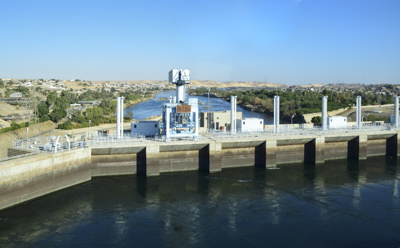
The Dam was built between 1960 and 1970 to replace the original Low Dam. The objectives were to better control seasonal flooding of the Nile, provide increased water storage for irrigation, and to generate hydroelectricity for the growing population of Egypt.

For thousands of years, the annual flooding of the Nile River caused natural nutrients and minerals to enrich the soil of the floodplains and the delta which made the Nile Valley ideal for farming. However, the flooding was unpredictable and varied from year to year. With the High Dam, floods could be controlled and water stored for later release over multiple years in the case of drought.

Afterwards, we drove downstream from Aswan Dam and Lake Nassar to a pier in the reservoir. Motorboats waited to take tourists out to Agilkia Island to visit the Temple of Philae.
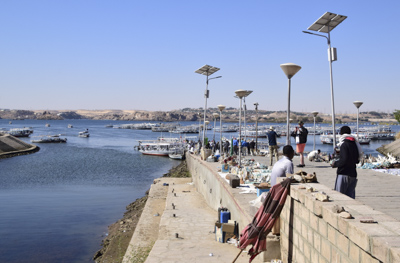
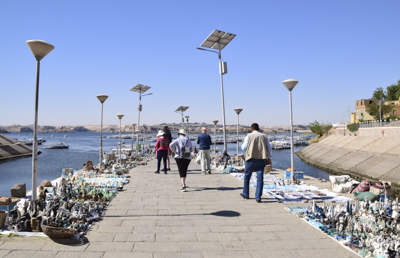

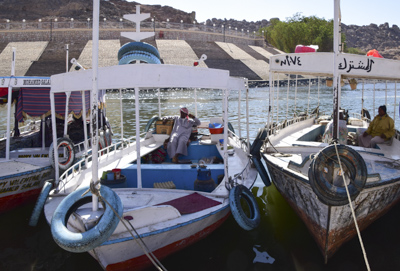
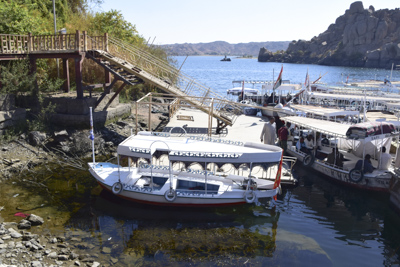
Philae was originally located near the first cataract of the Nile. Cataracts are shallow parts of a river which contain many large boulders and rocks jutting out of the water.
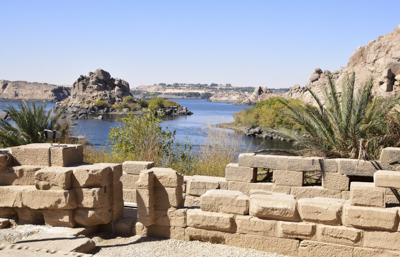
The temple complex was dismantled and moved to Agilkia Island as part of the UNESCO Nubia Campaign Project protecting the ancient site before completion of the High Dam.
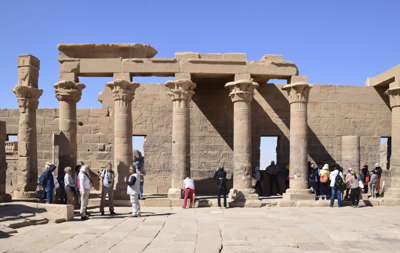
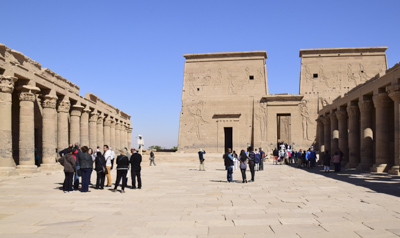
Philae was said to be one of the burial places of the god Osiris – god of the underworld, afterlife, and rebirth. The oldest temple which was built to honor the god Isis was constructed in 380-362BC. The other ruins date from the Ptolemaic Kingdom: 282-145BC.
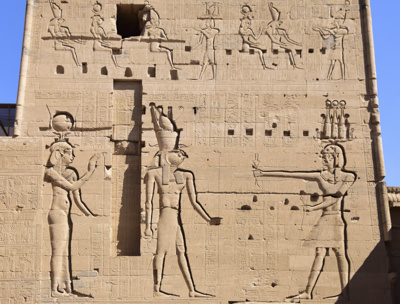
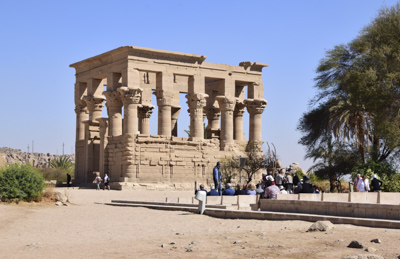
On our way back to the boat, we stopped at an ancient Egyptian stone quarry which is now a tourist attraction called the “unfinished obelisk.” The obelisk was ordered to be carved by Hatshepsut about 1500BC, but it began to crack while craftsmen were carving it out of the bedrock. They abandoned it and left it here ever since.
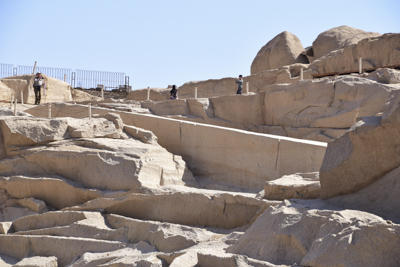
It was interesting to see one of the quarries which had been used by ancient Egyptians to build their temples. A small craft market was nearby.
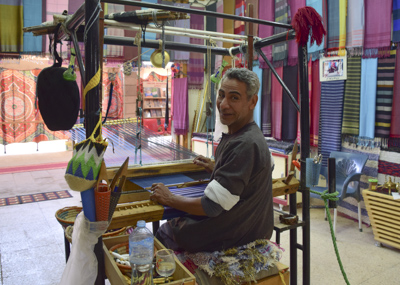
Our bus drove through the city of Aswan on our way back to the riverboat:
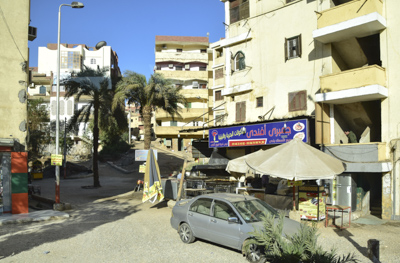
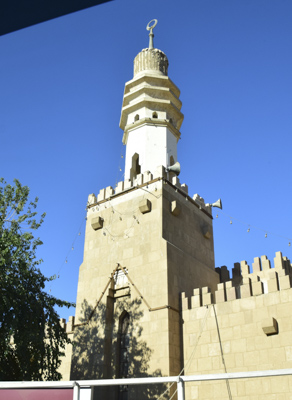
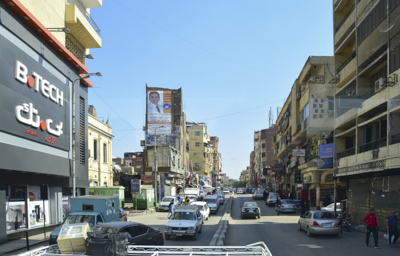

We enjoyed a relaxing afternoon and evening on the deck of The Mojito. As the sun set there was a flurry of activity on the river and we watched the boats move about.

There was an incredible sunset over the west bank of the Nile River:

